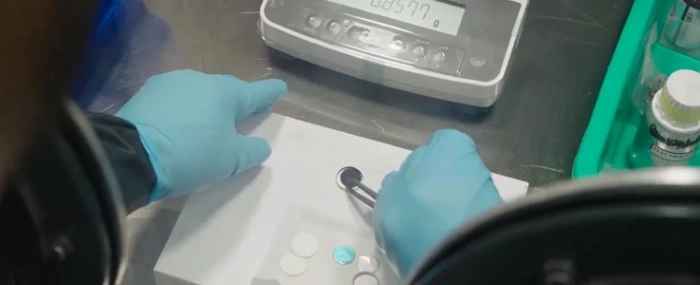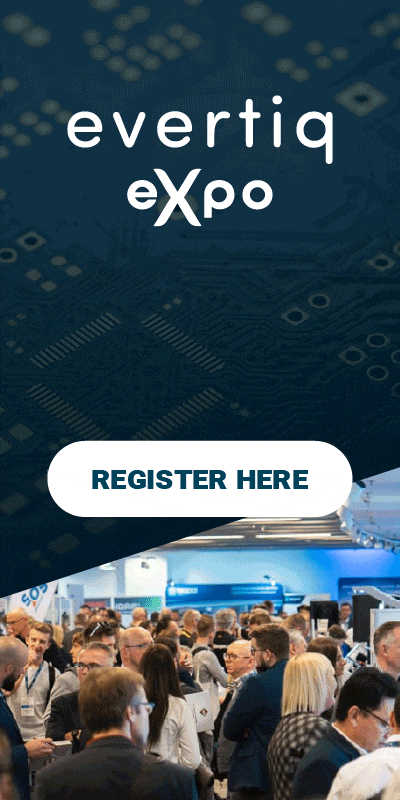
India’s Macsen Labs ‘achieves breakthrough in sodium-ion battery chemistry’
The company has successfully carried out an R&D-scale synthesis of its high-performance Prussian White, a next-generation cathode material for sodium-ion batteries.
Macsen Labs, an Indian manufacturer of APIs, dyes and specialty chemicals since 1952, has announced a breakthrough in sodium-ion battery technology through the successful R&D-scale synthesis of its high-performance Prussian White, a next-generation cathode material for sodium-ion batteries. The company, which is based in Udaipur in the northern state of Rajasthan, has filed a provisional patent for its proprietary synthesis process.
The material has already undergone optimization for battery use at the company’s electrochemistry and battery R&D facility and has shown promising results, driving the next phase toward pilot-scale manufacturing, Macsen Labs said in a media release.
“It’s an interesting story, how a pharmaceutical company like ours entered the energy storage space,” said Mr. Achal Agrawal, CEO of Macsen Labs and the lead researcher behind the project. “While working on Prussian Blue as a drug for radioactive poisoning, we discovered its derivative — Prussian White, which was emerging as a leading candidate for Sodium-Ion battery cathodes. That moment of curiosity led us down this path.”
Today, Macsen’s battery R&D facility includes an argon-filled glovebox for inert atmosphere handling, coin and pouch cell fabrication stations, electrode coaters, crimpers, vacuum dryers, and electrochemical testing systems, such as cyclers and potentiostats. With this setup, Macsen can rapidly prototype and test battery cells using its own synthesized materials, significantly reducing development time, the company said.
The company already operates a pilot-scale chemical synthesis facility, which is now being used to produce Prussian White at a kilogram scale.
Through its proprietary process, Macsen has achieved an energy density exceeding 150 mAh/g with Prussian White, which is comparable to Lithium Iron Phosphate (LFP). The material also shows excellent stability, fast sodium-ion mobility due to its open crystalline structure, and compatibility with existing Li-ion cell manufacturing infrastructure, the company said.
“Performance-wise, it’s at par with LFP, but made from abundant, low-cost materials like sodium and iron,” said Agrawal. “And these elements are easily available, affordable, and free from geopolitical constraints.”
The real potential of sodium-ion batteries lies not just in electric vehicles but stationary energy storage systems that store and manage renewable energy from solar and wind, Agrawal added.
